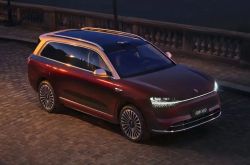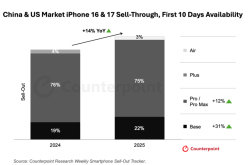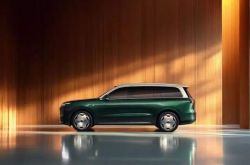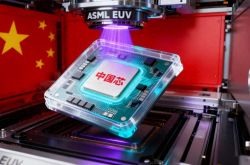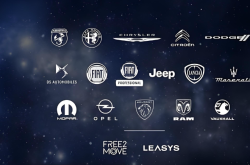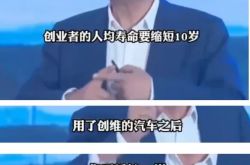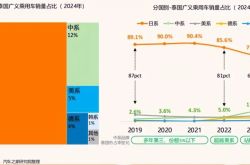"After the Great Leap Forward, How Can Intelligent Driving 'Cool Down' with Safety?"
![]() 04/14 2025
04/14 2025
![]() 615
615
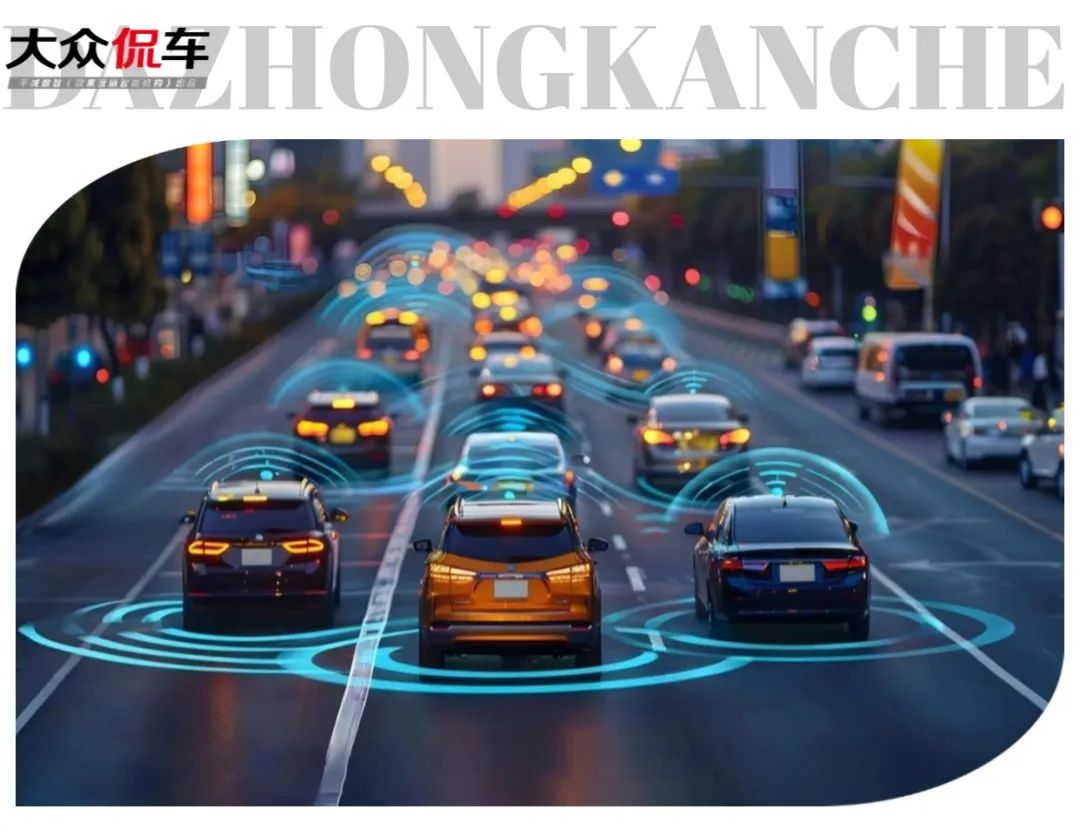
TEAM
Typesetting: Chen Yujie
Images: From the internet, please delete if infringement
Produced by Qiancheng Digital Intelligence (an effective marketing intelligence agency)
Recently, the tragic car accident involving a certain brand has caused a major uproar on the internet, akin to an ice pick piercing through the heated field of intelligent driving.
2025 is hailed as the inaugural year of "intelligent driving for all." Companies like Changan Automobile unveiled "Beidou Tianshu 2.0," BYD launched "Tian Shen Zhi Yan," and Geely introduced "Qian Li Hao Han." New energy vehicle companies, fresh from intense price wars, have now turned their full attention to intelligent driving. Features like NOA (Navigation on Autopilot), previously exclusive to high-end models, have steadily trickled down to the 100,000-yuan market segment. As automakers raise the banner of "equal rights in intelligent driving," a loud bang on the Anhui Expressway at the end of March ignited a firestorm of public opinion across the entire industry.
Late last month, an intelligent driving model caught fire after hitting a roadblock on the highway, claiming the lives of three young individuals. During the accident, questions arose: Was the assisted driving system functioning normally on the night construction section? How adept was it at recognizing irregular roadblocks? Was the active braking system activated? Could the car doors be opened after the high-speed collision? Did the battery explode within the specified range mandated by the state? These questions have sparked widespread public discussions about intelligent driving, and the stark contrast between the technological ideals promoted by automakers and reality has prompted deep societal reflections.
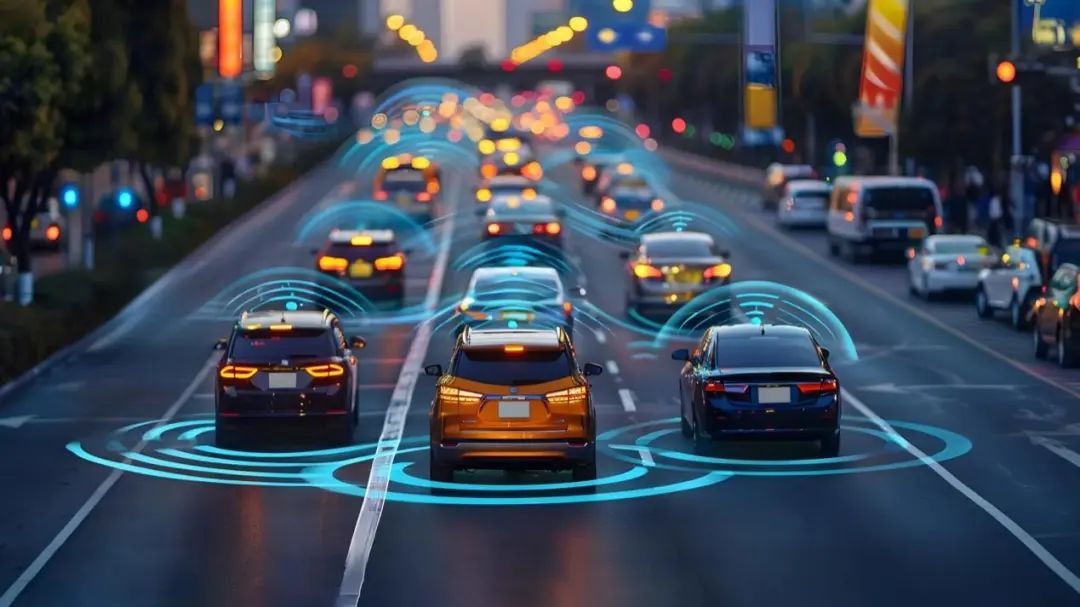
In this "Great Leap Forward" of intelligent driving, with the relentless acceleration of technological competition, the safety verification cycle has been drastically shortened. The momentum of automakers' promotions has been relentless, while relevant laws have stagnated. This tragic car accident under assisted driving mode serves as a mirror, reflecting the national dizziness induced by technological frenzy. Not only has the auto industry, eager to expand, almost lost its way, but technological optimists who place undue trust in the system have as well. When technological advancement collides with safety bottom lines, intelligent driving urgently needs to use "safety" as a "cooling agent" to steer back from frenzy to rationality.
Safety "Price-Cut"
"After the car accident, customers visiting brand stores selling intelligent driving cars are obviously more attentive to the vehicles' safety issues and inquire about details on how to avoid traffic accidents. Some users who were previously preparing to place a deposit are now starting to waver and hesitate."
Even on a weekday afternoon, the store of the automotive brand involved in the accident in Chengdu's Sanshengxiang still has two or three groups of people looking at cars. Compared to the other six new energy vehicle stores visited by "Dazhong Kangche" reporters on weekdays, this brand's popularity is second only to Huawei AITO. However, the salesperson also informed us: "Recent sales have indeed been affected to some extent."
When addressing consumers' inquiries about the level of intelligent driving in this brand's cars, the salesperson seemed somewhat lacking in confidence, reminding them to still "pay attention to it themselves" as "we still have less data."
A Tesla salesperson mentioned to the "Dazhong Kangche" reporter: "Insufficient data leads to inaccurate recognition. Now many domestic automakers are following the path Tesla trod a decade ago and are also preparing to switch to our pure vision route, but this requires high data and computing power." After this intelligent driving accident, perhaps it is necessary to further demonstrate the feasibility of the pure vision solution for domestic intelligent driving.
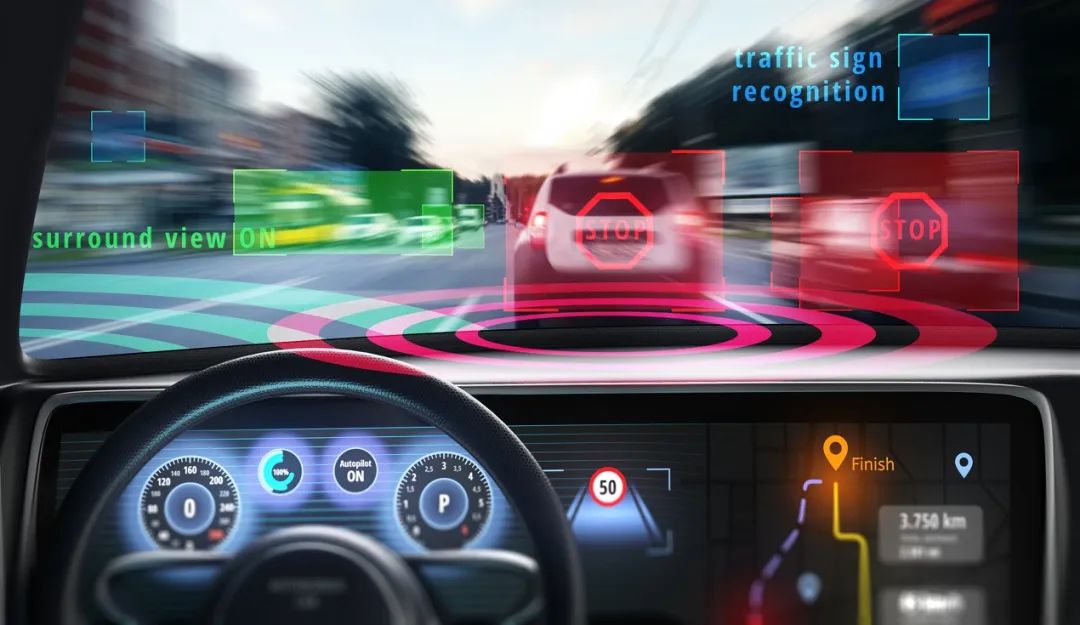
So, with sufficient data, will the pure vision route surpass "vision + LiDAR"? Sun Hui, technical director of the Intelligent Connected Center at Tsinghua University Suzhou Automotive Research Institute, believes that domestic automakers have densely released the "pure vision" route since last year, primarily due to cost reduction considerations. In fact, the safety and stability of "vision + LiDAR" are both superior to the current pure vision route, as LiDAR can provide critical supplementary sensing capabilities when the vision system fails.
Currently, the industry generally regards LiDAR as a necessary safety redundancy component for pure vision solutions. However, due to the high cost of LiDAR, some companies have "omitted" it on lower-end models. According to reports, the model involved in this intelligent driving accident is the standard version of this brand's car, which does not carry LiDAR, available only in the high-end version, nor does it possess the brand's unique "inverted cell" technology. Moreover, the compressive strength of the battery pack shell equipped in the standard version is 1500MPa, lower than the 2000MPa of the battery in the high-end version. There are also differences in battery puncture resistance, with the standard version using a common coating on the bottom of the battery, while the high-end version employs a "bulletproof coating."
Many automakers like to attract users with the functions of high-end products and the prices of low-end products, but often when customers step into the store, they discover that the most appealing configurations in online promotions are "additional costs." Of course, this type of "highlighting strengths and avoiding weaknesses" promotion is not uncommon. All automakers' promotions will repeatedly emphasize the highest-end version, and even if purchasing offline, shopping guides will take you for a test drive of a higher-end version. For example, if you want to buy a BMW 325, but you are currently in Chengdu, you can only test drive a BMW 330 because the 330 has higher configurations.
In the realm of intelligent driving, more critical than complete functionality is the limit and accuracy of the function. However, the boundaries of technology are often concealed behind marketing jargon. Just like both having collision avoidance warning functions, the maximum forward detection distance of the standard version of some brands cannot reach the 200m of other high-end versions. The consequence of this is that even if the car involved in the accident is the standard version, netizens will question automakers with the standards of the high-end version in the promotion, thereby triggering a backlash of public opinion.
This also prompts the industry to reflect on whether automakers should be more cautious in promoting intelligent driving products when the technology is not yet mature. When automakers implement pricing differentiation strategies for intelligent driving products, should safety "compromise" with low prices?
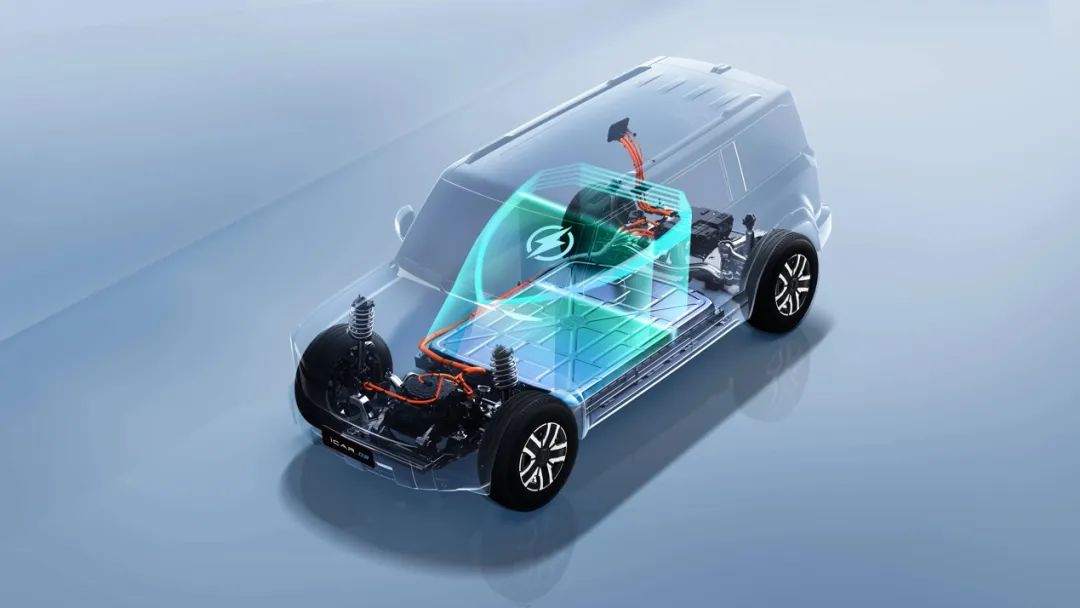
As new energy vehicles venture into the field of intelligent driving, intelligent safety measures such as collision avoidance warnings and active braking seem to have become synonymous with automotive safety, while the previously much-talked-about battery risks have been quietly overshadowed by "intelligent safety." According to a "Dazhong Kangche" reporter's visit, almost every salesperson emphasizes that active safety measures are standard on all models. However, it remains unclear whether battery technology is standardized, after all, costs will always be cut in places we cannot see.
Current new energy vehicles must navigate both price wars and technology wars, but cost reduction and technological advancement are destined to be difficult to synchronize. When "safety" is used to bridge this gap, it inevitably leads to a mismatch throughout the intelligent driving field. The road ahead for intelligent driving is not only the formidable threshold of computing power but also the gradual paving of data. It must be recognized that there is no "myth" in car manufacturing, and safety cannot be used for "cost reduction."
Trust the System and Deceive the System
We discovered through publicly available driving data online that in the ten minutes preceding the accident of a certain brand in March, the vehicle's intelligent system issued multiple distraction alarms and hand-off warnings, but it was never able to regain the driver's attention.
According to the current L2-level corresponding assisted driving regulations, all vehicles' intelligent systems are equipped with fatigue monitoring and distraction prompts. Even if the driver enables the assisted driving mode, they still need to keep both hands on the steering wheel and eyes on the road ahead; otherwise, the system will issue an alarm, typically at an interval of two minutes.
"Some people even use clips to clip the steering wheel to deceive the system, aiming to avoid being warned." A salesperson from Huawei AITO told the "Dazhong Kangche" reporter: "In fact, we salespeople dare not exaggerate the description of intelligent driving, but some car owners are slowly testing the limits of our car."
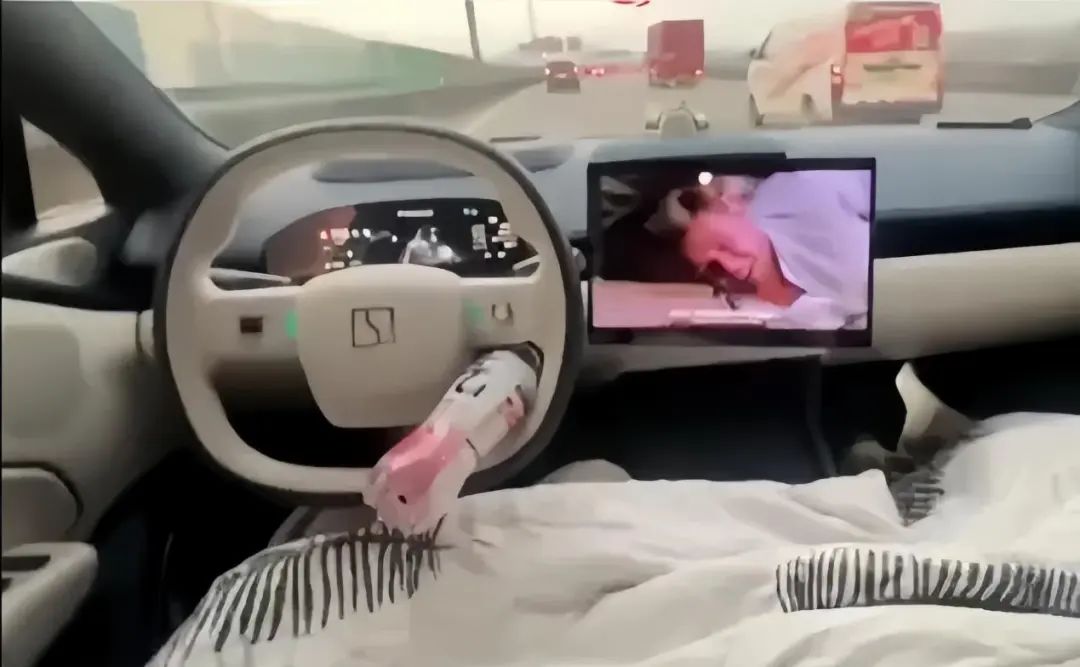
Looking back at history, it may be momentarily difficult for us to comprehend why humans so readily relinquished the power to hold the steering wheel they once diligently sought. Is it merely because we trust the system?
When human drivers attempt to deceive artificial intelligence to make it continue to work for them, they may derive some satisfaction that transcends controlling the car. This encompasses both the thrill of manipulating a "quasi-human" and demonstrating "wisdom" superior to it. In this sense, it is not so much that we blindly trust the system as that we overestimate ourselves.
Why do drivers ignore distraction warnings? This may be akin to "The Boy Who Cried Wolf." Salespeople at 4S stores worry that such prompts will make consumers feel that "driving is very troublesome," so after introducing the function, they explain: "It will remind you to move the steering wheel, but it's just to let you touch it; you don't have to really change the direction of travel."
In other words, the various warnings of assisted driving are merely to maintain a physical connection between the driver's hands and the steering wheel, and they cannot ensure whether you are focused. For drivers, this has instead become a "boiled frog" type of safety reminder. The more frequently it prompts, the less the driver cares about the hidden safety hazards. This may also be a crucial reason why the car owner failed to increase vigilance and avoid danger despite taking over multiple times in this accident.
"Unwilling to Let Go of the Hands"
The trust in the intelligent driving system and the disregard for the safety warnings it issues are fueled by the paradox of takeover, which persuades the driver to "liberate their hands" while requiring them to "stay focused." Essentially, this is a mismatch between L3-level (conditional autonomous driving) intelligent driving and L2-level regulations (assisted driving).
On the one hand, automakers utilize the concept of "intelligent driving" encompassing L2 and L3 to gain the general trust of car owners in intelligent driving. Their aggressive marketing is replete with intelligent driving experience content on short videos to entice car owners to "try it out." On the other hand, to avoid responsibility, automakers employ various technical means to ensure L2-level requirements for driver attention. However, how can one maintain focused attention while letting go of their hands? This may pose a more challenging hurdle for car owners than "fatigue driving."
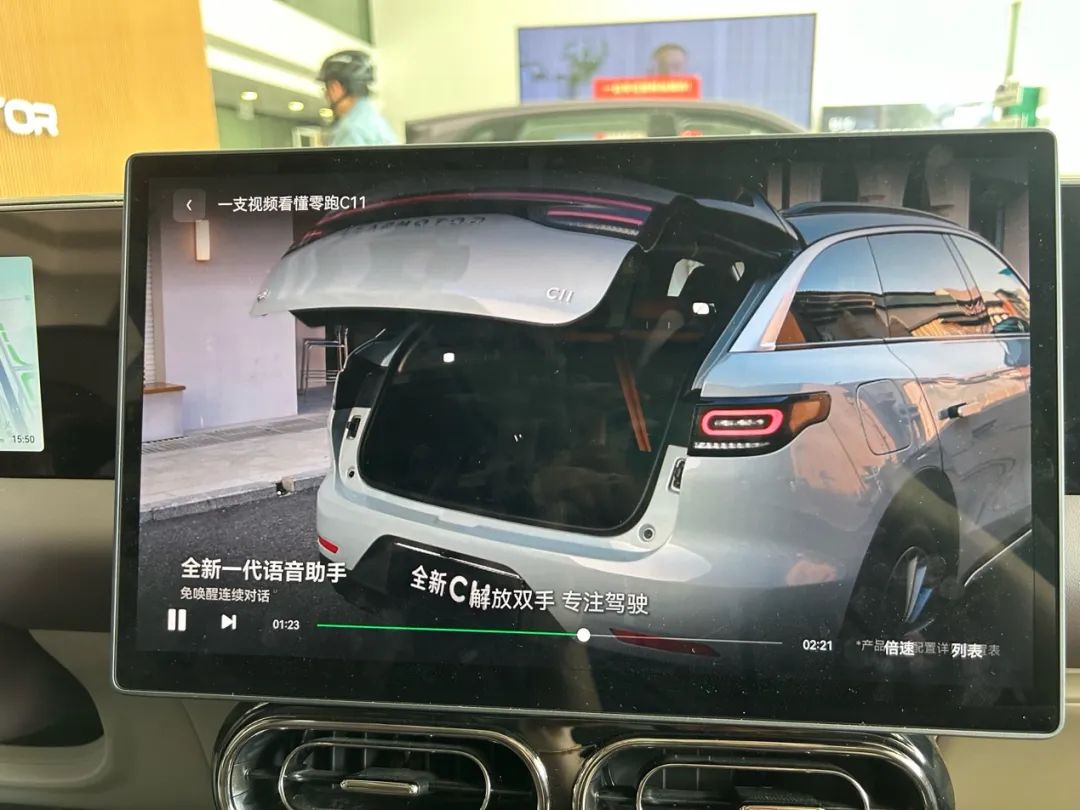
Can the introduction of L3-level regulations serve as a cure for the current "takeover paradox" of intelligent driving?
Technologically, Tesla's FSD has achieved full autonomous driving abroad, but its real-world performance is also less than optimistic. In terms of attribution, a salesperson from Zeekr said: "When L3 is truly released, various automakers may not necessarily declare themselves as L3." However, it can be confirmed that the current L2+ level assisted driving promotion not only facilitates automakers to avoid responsibility but also allows them to pretend to be L3.
When we inquired about the level of intelligent driving in various cars, most salespeople would mention: "In fact, we have already reached the level of L3, but the law does not allow it now." They believe that "L3 is ultimately an issue of legal liability attribution" and "after L3, automakers will have to take corresponding responsibility for intelligent driving." However, some salespeople are more conservative, stating that "L4 will truly fully attribute responsibility to the enterprise, and L2 and L3 are still the responsibility of the car owner."
Regarding the classification and attribution of intelligent driving levels in China, all belongs to speculation before the introduction of L3-level regulations. However, a consensus can be reached: "Drivers should not completely entrust themselves to intelligent driving; after all, it's their own suffering."
In Sun Hui's view, the quantity and quality of Corner case (edge scenario) data determine the performance of the intelligent driving system, but "even if there are only 0.01% of edge scenarios left, drivers still cannot be omitted." And this 0.01% of edge data can never be exhausted, as real-world situations are invariably complex and cannot be fully encapsulated by the "tree of rules" of the algorithm model.
Wang Fang, the director of the China Consumers Association Department, asserts: "Individuals are increasingly viewing the driver's seat as a sofa, a cognitive misstep potentially more perilous than algorithmic flaws." However, it is undeniable that the seats in most intelligent driving models rival the comfort of sofas, constituting a significant selling point for numerous new energy vehicles.
Kangche Commentary
This particular incident has not dampened the public's enthusiasm for intelligent driving technology.
A consumer interviewed by "Dazhong Kangche" remarked: "The incident involving a specific brand should be viewed as an isolated case. Any vehicle can encounter issues, and it's unfair to dismiss new energy vehicles entirely. When it comes to purchasing, price is my primary concern, but I also have a desire for intelligent driving features."
Another consumer added: "I used to prefer fuel vehicles, but with the current oil price hovering around 8 yuan per liter, it's become too costly. There's a lot of online debate about the flammability of electric cars, but in the past, many vehicles were converted from fuel to gas, with gas tanks in the trunk, which were far more hazardous than electric cars. Yet, this was barely noticed before."

After years of progress, China's new energy vehicles have emerged as a widely accepted trend, symbolizing technological advancement and environmental stewardship. The labels of intelligence and cost-effectiveness attached to these vehicles are invaluable in the automotive market. Amidst growing international turmoil, national brands such as Huawei and Xpeng have garnered increased consumer expectations. Both the industry and the general public take delight in witnessing China's new energy vehicles venture overseas and its intelligent driving technology surpassing Tesla.

